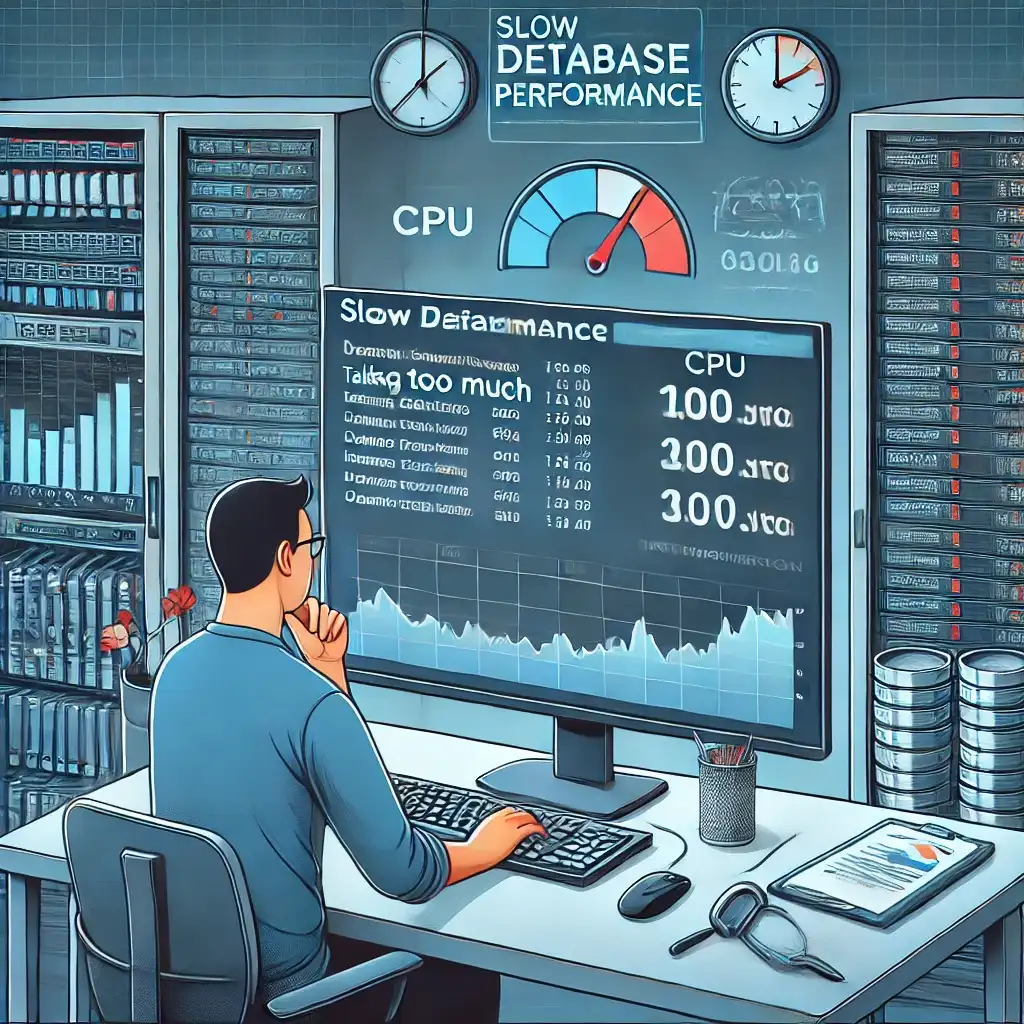
Server management is one of the most critical topics for system administrators and developers. Ensuring the stability of servers, improving performance, and maintaining security requires addressing various challenges. In this article, I’ll summarize the most common server problems and how to solve them.
1. Server Crash
Problem:
Server crashes can occur due to hardware failure, software bugs, or system overload.
Solution:
- Check server logs: Review
/var/log/syslogor/var/log/messages. - Analyze resource usage: Use
htop,top,free -m, anddf -hcommands. - Set up automatic backups: Regularly back up data to avoid loss.
- Use monitoring tools: Tools like Zabbix, Prometheus, or Nagios can provide real-time tracking.
2. High CPU Usage
Problem:
Some processes or applications may cause the CPU to overload, slowing down the server.
Solution:
- Identify high-CPU processes with
toporhtop. - Stop unnecessary services:
systemctl stop [service-name] - Optimize worker processes in Apache or Nginx.
- Consider upgrading server resources (RAM or CPU).
3. High RAM Usage
Problem:
Excessive RAM usage can cause performance degradation or system crashes.
Solution:
- Check memory usage with
free -m. - Find memory-hungry processes using
ps aux --sort=-%mem | head -10. - Review and adjust swap memory configuration if needed.
- Close unnecessary applications or optimize system services.
4. Disk Full Issue
Problem:
When disk space is full, new data can't be written, affecting server performance.
Solution:
- Check disk usage with
df -h. - Identify large files with
du -sh /var/log/*. - Clear old logs:
rm -rf /var/log/*.gz - Remove unnecessary backup or cache files.
- Use additional disks or cloud storage for large data.
5. Network Connectivity Issues
Problem:
Slow or lost network connections can affect access to the server.
Solution:
- Test internet with
ping google.com. - Check interface configuration using
ifconfigorip a. - Use
tracerouteto analyze the network path. - Verify router and DNS settings.
- Review firewall or iptables rules.
6. SSH Access Problems
Problem:
Loss of SSH access makes server management difficult.
Solution:
- Access the server via console or alternative methods to verify SSH settings.
- Check
/etc/ssh/sshd_configfor port and access configurations. - Restart SSH service:
systemctl restart sshd - Review firewall rules:
iptables -L - Validate and reconfigure SSH key authentication.
7. Security Vulnerabilities and Attacks
Problem:
Servers can be targeted by malware or cyberattacks, creating serious security risks.
Solution:
- Use strong passwords and SSH key authentication.
- Prevent brute-force attacks using
fail2banoriptables. - Enable automatic updates (
apt update && apt upgradeoryum update -y). - Implement DDoS protection and apply firewall rules.
8. Database Performance Issues
Problem:
Databases like MySQL or PostgreSQL may respond slowly under heavy load or inefficient queries.
Solution:
- Analyze active queries with
SHOW PROCESSLIST; - Optimize indexes using
ANALYZE TABLEandOPTIMIZE TABLE. - Use caching systems like
RedisorMemcached. - Upgrade hardware to improve RAM and disk I/O performance.
Related Articles








